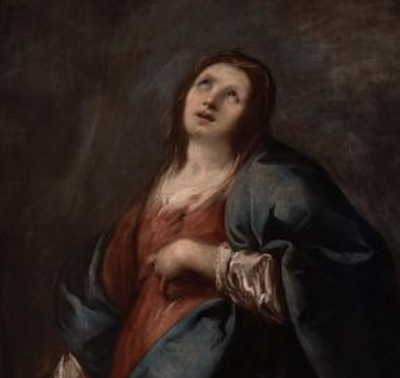Spanish school, second third century XVII. "San Pedro". Oil on canvas.
Lot 79
About Seller
Setdart Auction House
Carrer Aragó 346
Barcelona
Spain
Setdart Subastas was born in 2004 and is currently the first online art auction in Spain with solidity, prestige and reliability guaranteed by our more than 60,000 users. Setdart has a young, dynamic and enterprising team ready to successfully manage the purchase and sale of art works through custom...Read more
Estimate:
EUR€3,000 - EUR€3,500
$3,191.49 - $3,723.40
Absentee vs Live bid
Two ways to bid:
- Leave a max absentee bid and the platform will bid on your behalf up to your maximum bid during the live auction.
- Bid live during the auction and your bids will be submitted real-time to the auctioneer.
Bid Increments
| Price | Bid Increment |
|---|---|
| EUR€0 | EUR€10 |
| EUR€200 | EUR€25 |
| EUR€500 | EUR€50 |
| EUR€1,000 | EUR€100 |
| EUR€3,000 | EUR€200 |
| EUR€5,000 | EUR€500 |
| EUR€10,000 | EUR€1,000 |
| EUR€20,000 | EUR€2,000 |
| EUR€50,000 | EUR€5,000 |
About Auction
By Setdart Auction House
May 31, 2021
Set Reminder
2021-05-31 08:30:00
2021-05-31 08:30:00
America/New_York
Bidsquare
Bidsquare : OLD MASTERS - Day 1
https://www.bidsquare.com/auctions/setdart-auction-house/old-masters---day-1-6998
Setdart Auction House sofia@setdart.com
Setdart Auction House sofia@setdart.com
- Lot Description
Spanish school, second third century XVII. "San Pedro". Oil on canvas. Measurements: 40 x 32 cm .; 54 x 46 cm. (Frame). Devotional image of Saint Peter. The saint appears seated, wrapped in a blue cloak and draped tunic, with his gaze directed out of frame, as if listening to a distant call. The large keys, his main attribute, symbol of the Kingdom of Heaven, rest on the ground, and behind them a twilight landscape opens up. The mysterious presence of the rooster could allude to the transition between day and night, light and darkness, which the saint embodies in the history of Christianity. The monumental canon of the figure, the naturalism printed in the description of the clothes and the baroque lights that build the landscape place the painting in the Spanish 17th century. Saint Peter was, according to the New Testament, a fisherman, known for being one of the twelve apostles of Jesus. The Catholic Church identifies him through the apostolic succession as the first Pope, based, among other arguments, on the words Jesus addressed to him: "You are Peter, and on this rock I will build my Church, and the power of Death will not prevail against it. I will give you the keys of the Kingdom of Heaven. Whatever you bind on earth shall be bound in heaven, and whatever you loose on earth shall be loosed in heaven." St. Peter could be said to have been Jesus' confessor, his closest disciple, both being united by a very special bond, as narrated in both the canonical and apocryphal Gospels.
- Shipping Info
-
In-house shipping available. Please inquire at admin@setdart.com.
-
- Buyer's Premium



 EUR
EUR CAD
CAD AUD
AUD GBP
GBP MXN
MXN HKD
HKD CNY
CNY MYR
MYR SEK
SEK SGD
SGD CHF
CHF THB
THB














